Geophysics, Tectonics, Remote Sensing Facilities at Missouri S&T
Computer Hardware in the Geophysics Lab
Computing facilities in the Geophysics lab include:
* a Linux server with 8-processors, 16 GB RAM, and 15 TB harddisk space;
* a Sun Fire V445 4-processor server with 8 GB RAM and 1000 GB harddisk space;
* a Sun Fire V250 dual processor server with 8 GB RAM;
* a Sun Ultra60 Unix workstation with dual processors;
* a dual-processor Sun LX50 server;
* an array of personal computers;
* about 25 TB harddisk space on two RAID systems.
Each of the graduate students in Geophysics and undergraduate students with a
research project has a designated computer and a desk in the lab. In addition,
the Richard Hunt 3-D seismic lab is equipped with about 10 high-power dual-screen PCs.
In addition, the University managed about
15 well-equipped CLCs (Computer Learning Centers) ,
among which
several are in the same building as the Geophysics Lab.
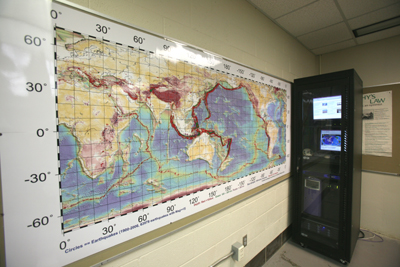
The vented case shown above hosts several powerful
Unix computer severs and an Urgent Power Supply
Geophysical Computer Software
A large library of software has been established for teaching and learning,
geophysical data display, modeling, processing, and interpretation. Major
software packages include Matlab, Generic Mapping Tools (GMT), Seismic
Analysis Codes (SAC), Seismic Unix (SU), and many others for seismic
tomography, shear-wave splitting and seismic-wave attenuation analyses, mantle
discontinuity imaging, seismic data interpretation, waveform forward modeling,
and potential field data processing and modeling. We also have a set of site
licenses for SMT Kingdom Suite (for 3-D seismic interpretation) and Geographix
Remote Sensing and GIS Facilities
The remote sensing and Geographic Information lab at MST is well-equipped with
a variety of input, output, and processing hardware with updated software for
handling raster and vector geospatial data for digital image processing and
geographic data manipulation. Currently the lab is equipped with 23 Dell terminals
with Pentium (R) processor, HP Scanjet 5470c scanner, HP LaserJet 4000TN printer,
HP LaserJet 4050 Printer. Software includes Environment for Visualizing Images
(ENVI 4.3), ENVI Zoom 4.3, ArcGIS 9.2, AutoCAD 2006, and MATLAB 7.1
Geophysical Exploration Equipment
The Department of Geological Sciences and Engineering owns a comprehensive
array of modern geophysical instruments to measure the gravity and magnetic of
the earth, and to conduct resistivity, EM, GPR, and seismic reflection/refraction
experiments. These include:
• AGI R8 -40 electrode resistivity/IP system with dynamic signal analyzers
• 24-channel Seistronix engineering seismograph
• 24-channel Geode seismic refraction/reflection seismograph
• GSSI ground penetrating radar unit
• Zone Engineering multi-channel electrical survey system
• MassComp data acquisition computer/deep reflection seismograph.
• Worden gravimeters
• McPhar magnetometers
• Geometrics G-859 Cesium (with internal GPS) and and G-856 proton magnetometers
• Electrical resistivity and ground probing radar
• Bison engineering seismic refraction system
• Five broadband (Guralp) seismic systems
Geophysical Data Sets
Data sets include seismic waveforms collected in the U.S., Russia, Africa, South
America, the US, and China. Steve Gao and Kelly Liu were involved in the field
experiments that recorded some of the data sets. We have obtained and processed
all the broadband data recorded by the approximately 200 broadband stations
in the Global Seismographic Network (GSN) and GEOSCOPE from earthquakes of 5.5
or larger.
In addition, we have a large database of common-purpose data sets, such as global
or regional digital elevation in various resolutions, global gravity anomalies,
regional magnetic field, global seismicity, ages of ocean floor, distribution
of volcanoes,
hot spots, various seismic velocity models, and the coordinates of plate boundaries.
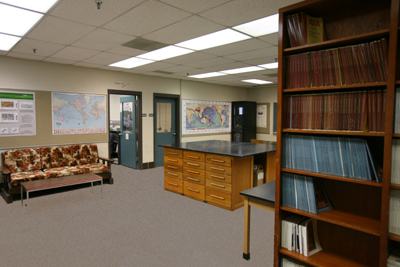

Shown above is the approximately 1400 square foot MST
Solid-Earth Geophysics lab in McNutt Hall (see below).
The two rooms on the left hand side are student offices.
Shown below are some snapshots of the V.H. McNutt Hall, a
145,000 square foot facility named after a MST Geology and
Geophysics alumnus.
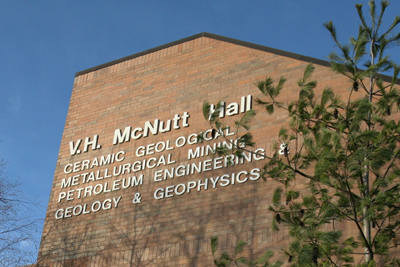
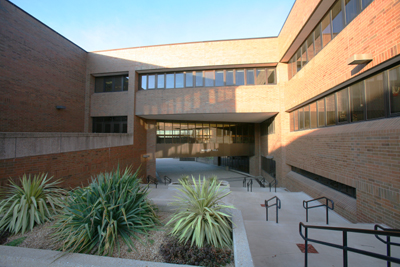
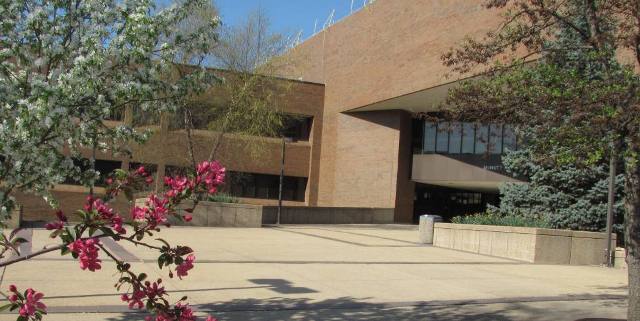
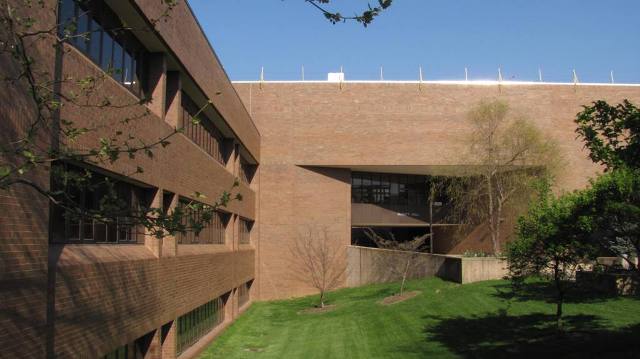
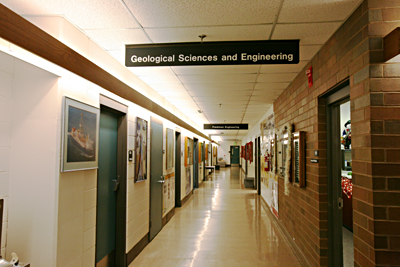
-----------------------
Please contact
Dr. Steve Gao and/or
Dr. Kelly Liu
for questions.
-----------------------











